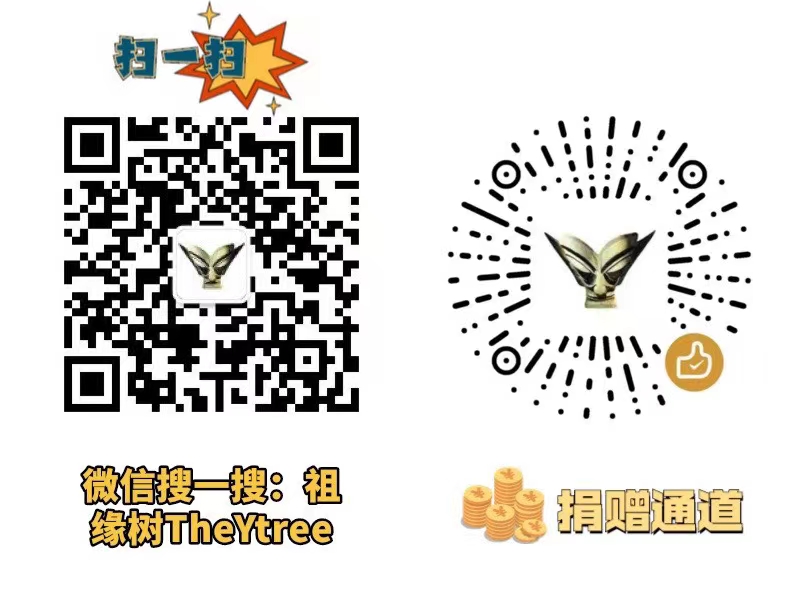AU72244
古人
hg19 / GRCh37
男
覆盖度81.75% 平均深度2
科研机构
Poland
The third millennium BCE was a period of major cultural and demographic changes in Europe that signaled the beginning of the Bronze Age. People from the Pontic steppe expanded westward, leading to the formation of the Corded Ware complex and transforming the genetic landscape of Europe. At the time, the Globular Amphora culture (3300–2700 BCE) existed over large parts of Central and Eastern Europe, but little is known about their interaction with neighboring Corded Ware groups and steppe societies. Here we present a detailed study of a Late Neolithic mass grave from southern Poland belonging to the Globular Amphora culture and containing the remains of 15 men, women, and children, all killed by blows to the head. We sequenced their genomes to between 1.1- and 3.9-fold coverage and performed kinship analyses that demonstrate that the individuals belonged to a large extended family. The bodies had been carefully laid out according to kin relationships by someone who evidently knew the deceased. From a population genetic viewpoint, the people from Koszyce are clearly distinct from neighboring Corded Ware groups because of their lack of steppe-related ancestry. Although the reason for the massacre is unknown, it is possible that it was connected with the expansion of Corded Ware groups, which may have resulted in competition for resources and violent conflict. Together with the archaeological evidence, these analyses provide an unprecedented level of insight into the kinship structure and social behavior of a Late Neolithic community.
公元前三千年是欧洲文化和人口发生重大变化的时期,标志着青铜时代的开始。 来自东欧草原的人们向西扩张,导致了绳纹器复合体的形成,并改变了欧洲的基因景观。 当时,球状双耳瓶文化(公元前 3300-2700 年)存在于中欧和东欧的大部分地区,但人们对它们与邻近的绳纹器群体和草原社会的相互作用知之甚少。 在这里,我们对波兰南部新石器时代晚期的一个乱葬坑进行了详细研究,该乱葬坑属于球状安芙拉文化,里面有 15 具男人、女人和儿童的遗骸,全部死于头部打击。 我们对他们的基因组进行了测序,覆盖范围在 1.1 到 3.9 倍之间,并进行了亲属关系分析,证明这些人属于一个大家庭。 尸体是由显然认识死者的人根据亲属关系仔细摆放的。 从种群遗传学的角度来看,科希采人与邻近的绳纹器群体明显不同,因为他们缺乏与草原相关的血统。 虽然屠杀的原因不明,但很可能与绳器团体的扩张有关,这可能导致资源争夺和暴力冲突。 与考古证据一起,这些分析为新石器时代晚期社区的亲属结构和社会行为提供了前所未有的洞察力。

公元前三千年是欧洲文化和人口发生重大变化的时期,标志着青铜时代的开始。 来自东欧草原的人们向西扩张,导致了绳纹器复合体的形成,并改变了欧洲的基因景观。 当时,球状双耳瓶文化(公元前 3300-2700 年)存在于中欧和东欧的大部分地区,但人们对它们与邻近的绳纹器群体和草原社会的相互作用知之甚少。 在这里,我们对波兰南部新石器时代晚期的一个乱葬坑进行了详细研究,该乱葬坑属于球状安芙拉文化,里面有 15 具男人、女人和儿童的遗骸,全部死于头部打击。 我们对他们的基因组进行了测序,覆盖范围在 1.1 到 3.9 倍之间,并进行了亲属关系分析,证明这些人属于一个大家庭。 尸体是由显然认识死者的人根据亲属关系仔细摆放的。 从种群遗传学的角度来看,科希采人与邻近的绳纹器群体明显不同,因为他们缺乏与草原相关的血统。 虽然屠杀的原因不明,但很可能与绳器团体的扩张有关,这可能导致资源争夺和暴力冲突。 与考古证据一起,这些分析为新石器时代晚期社区的亲属结构和社会行为提供了前所未有的洞察力。

Li Teng
Unraveling ancestry, kinship, and violence in a Late Neolithic mass grave https://doi.org/10.1073/pnas.1820210116
© 2020-2025 TheYtree.com
